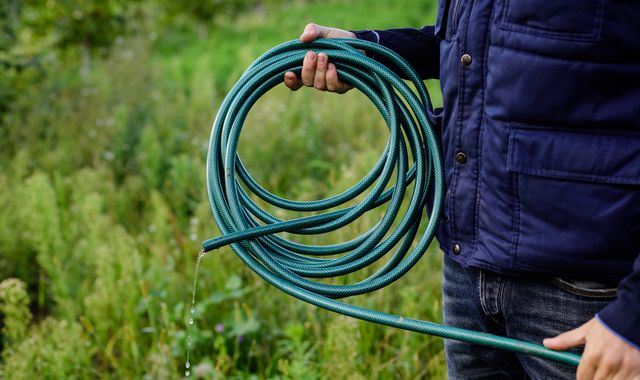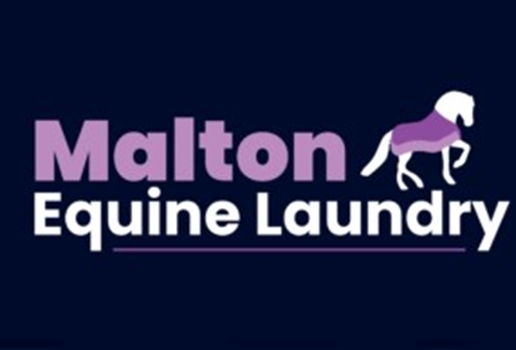Yorkshire Water said restrictions will come into force across the region later this week in an effort to protect water supplies.
In a report earlier this year, the Environment Agency (EA) warned England as a whole is facing huge public water shortages unless “urgent action” is taken.
Check the latest weather forecast here
It said the country faces a 5 billion litre a day shortfall for public water supplies by 2055 due to climate change, population growth, and environmental pressures.
But what areas does Yorkshire Water cover, and how likely is it the ban will be implemented elsewhere in the UK?
Restrictions coming in later this week
Yorkshire Water’s hosepipe ban will come into force on Friday 11th July.
Dave Kaye, director of the company, said: “People across Yorkshire will need to stop using their hosepipes to water their gardens, wash their cars or for any other activities.
“Introducing these restrictions is not a decision we have taken lightly, and we’ve been doing everything we can to avoid having to put them in place.”
In May, Yorkshire and the northwest of England officially entered drought after the driest spring in 132 years. From February to June, Yorkshire received just 15cm of rain, less than half what is expected in an average year.
What does the ban mean?
When a hosepipe ban – officially called a Temporary Usage Ban (TUB) – is in place, people are banned from using them for things like watering a garden, filling a paddling pool, or washing a car.Ahead of the restrictions coming in later this week,
Customers are instead being encouraged to use a watering can or bucket to do things like water plants. Businesses will be allowed to use a hosepipe if it is directly related to a commercial purpose.
The restrictions will be in place in Yorkshire until groundwater stocks are back to where they need to be. Anyone who breaches the ban without permission from the water company could be fined as much as £1,000.
The last hosepipe ban, implemented by South East Water in June 2023, affected people in Kent and Sussex.
The country also experienced drought and record heatwaves in 2022 when five water companies imposed a hosepipe ban on a total of 19 million customers to ensure drinking and wastewater services were prioritised.
Could a ban be introduced elsewhere in the UK?
The North East, East Anglia and the West Midlands are also experiencing prolonged dry weather.
Bosses at the UK’s biggest water company, Thames Water, warned of possible usage restrictions earlier this year to counter the dry start to the year.
Thames Water chief executive Chris Weston said the company is doing “all we need to” to prepare for potential water shortages.
This could mean restrictions on Thames Water’s 16 million customers in the southeast of England, an area that is already heavily water-stressed – where the demand for water exceeds the available supply.
Why are hosepipe bans implemented?
Their purpose is to reduce the demand for water and help supplies last longer.
Hosepipes are used to provide a constant stream of water, so if you were to spray your car with it to wash it, for example, you would likely use more water than if you filled a bucket and used a scrubber.
Research following hosepipe bans have found they can reduce the amount of water companies put in their distribution network by 3 to 5% during droughts, according to the Department for Environment Food and Rural Affairs (DEFRA).
Yorkshire Water’s Mr Kaye said having restrictions in place allows the company to apply for drought permits from the EA.
This means it can start to take more water from rivers and reduce compensation flows out of reservoirs.
What has caused drought?
Droughts are generally caused by periods of low rainfall, and Europe has been experiencing particularly warm and dry weather this year.
Well over a third of the continent is experiencing some form of drought, according to the latest update from the EU’s European Drought Observatory.
Sky News weather producer Chris England said drought concerns were caused by the fact it has been “very warm overall” – something he put down to “a meandering jet stream, which can cause either high or low temperatures and rainfall, depending on where the meanders are”.
He said that it’s “what is expected from a warming Arctic”.
The Met Office said the jet stream has caused a persistent area of high pressure known as a “blocking high” that has been hanging over the country since the end of February.
Such systems bring descending air, which suppresses cloud formation and prevents rain.
Hayley Fowler, professor of climate change impacts at Newcastle University, said: “With global warming, we expect more prolonged and intense droughts and heatwaves punctuated by more intense rainfall, possibly causing flash floods.
“In recent years, we have experienced more of these atmospheric blocks, causing record heat and persistent drought, as well as severe flooding in other locations in Europe.
“Recent months have been no different, with prolonged dry conditions and heatwaves in northern Europe and floods in southern Europe.”
Easy ways to cut water usage
While the EA is urging water companies to manage demand and reduce water leaks, it has also issued advice to the public on how to limit their water use. Its tips include:
• Shortening showers
• Turning off taps when brushing teeth
• Using full loads for washing machines and dishwashers
• Collecting rainwater for garden use
• Deleting old emails to reduce pressure on data centre servers.
Water UK, the trade association for the water industry, said customers can start to help leave more water in the environment by making small changes at home and in the garden.
These changes can include:
• Reusing water in paddling pools;
• Use a scum ball in a home hot tub or spa to prevent the development of scum lines or foaming;
• Using a bucket to wash cars, or only washing the windscreen and mirrors on the vehicle;
• Keeping a jug of water in the fridge, so there is no need to run the tap until it turns cold.






























